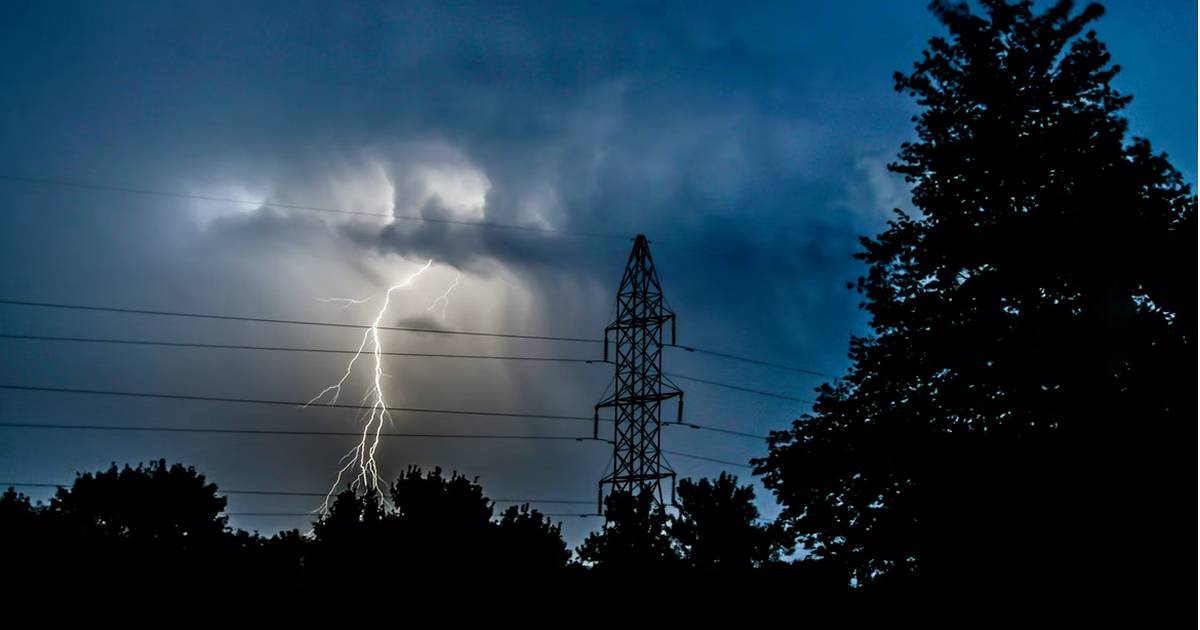
Just as some of the recent heat was coming out of the home solar and battery market, modelling from an electricity retailer has sent more Australians scrambling for solar quotes.
Starting in late May this year, the pursuit of panels and batteries picked up dramatically after news of significant electricity price rises for many Australian households and businesses was announced.
Then in September, SolarQuotes’ Ronald explained why further electricity price hikes were likely next year in the eastern states. This was a heads-up he repeated just last week.
But what appears to have sent Australians again flocking to get quotes for solar panels and home batteries were comments made by Alinta Energy chief executive Jeff Dimery early this week. Alinta Energy is an electricity gentailer (generator/retailer) which has various coal, gas, and dual fuel (gas and distillate) power generation assets in its portfolio.
“When we run our modelling for energy pricing next year, using the current market prices, tariffs are going up a minimum 35 per cent,” Mr Dimery reportedly stated. “Now, maybe, the regulators are going to change the rules on that, I’m not sure.”
Regardless of the accuracy of Alinta’s modelling and Mr. Dimery’s prediction, the impact of this statement – widely reported in the media – hit hard and fast. In comments to The Guardian yesterday, SolarQuotes founder Finn Peacock said:
“One of our traffic guys came to tell me, ‘traffic is off the charts’. It’s completely driven by the media.”
Finn said while solar system prices had increased over the last year or so, this wasn’t putting people off and speculation concerning how high electricity tariffs might go is helping to drive solar uptake as an insurance against further price rises.
Additionally, owners of electric vehicles have become a new source of enquiries as some discover their current rooftop solar systems may be too small to avoid drawing significant quantities of energy from the mains grid1.
Electricity Price Rises – A Silver Lining
For Australians who are able to install solar panels, retail electricity price rises based on wholesale energy cost increases also often translate to higher feed-in tariffs. This is the payment system owners receive for the surplus solar energy they export to the mains grid. So, as well as reducing or avoiding high-cost mains grid electricity consumption, solar owners may get more for what they send to the grid.
Solar Rebate Reduction Looming
How long this latest rush continues remains to be seen – it could be a very short, sharp affair.
But something else that could sustain elevated levels of enquiries over the next month or so is a looming reduction in the national “solar rebate“. Often confused with feed-in tariffs, the “rebate” is actually an up-front subsidy that can knock thousands off the cost of a solar power system. Find out what’s happening with Australia’s solar rebate in 2023; and why getting quotes sooner rather than later could be a good idea.
Footnotes
- For further information, check out The Homeowner’s Guide To Solar And Electric Cars ↩

 RSS - Posts
RSS - Posts



A lot of the drive in new panels and batteries is coming from people like me. Our 66 cent feed in tariff is coming to an end by June 24. We had the money 8 to 10 years ago to put on a simple panel system. Now we are all going bigger and batteries as well with maybe an EV.
The statement by Alinta Energy’s Chief Executive was widely reported? Where? By whom? SQ links to 1 ABC story and 1 Guardian story. That’s not widely reported, that’s 2 stories across 2 media companies.
…
Okay a search returns results for a bunch of sites I’ve never heard of, that are niche, or mainstream but paywalled. :-C
IF FiTs rise that’ll be great, but frankly I won’t be holding my breath on that. And of course solar this year has been significantly sub-par so …
One cost of electricity supply does not seem to be addressed in you articles, that of daily supply charges. This fixed charge has gone from over 80c per day to $1.06 per day within a year with Origen Energy in NSW. This charge is outside the feedin or usage charge. This also occurred when the feedin tariff also dropped.
The cynic in me, feels this is an attempt the increase the cost to the consumer to counter any savings of the installation of renewable energy. If the supply charge covers the cost of energy supply and distribution, what is the daily charge? In the distant past, it was to ‘gold plate’ the system, as there is still a 5kw feedin restriction surely we are being taken for mugs!
I would not mind so much if the daily charge enabled a higher feedin restriction.